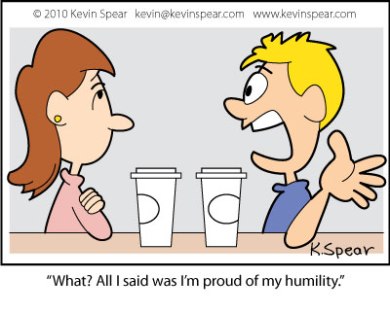
An interesting experiment has been going on in the city of Auroville (an ‘international city’ set up through a UN charter in India to promote understanding among people of different nationalities) (oh, and on the lighter side, I wonder if the internet hasn’t made Auroville totally redundant) and this experiment has been going on for about a hundred years.
The hypothesis of the founders of Auroville was that if people from different parts of the world came together and meditated together, they would enter a higher plane of consciousness, and influence humans all over the world so they would all evolve into something better than themselves, and would all realize that war was futile, and then war would become a thing of the past.
I believe they have been meditating away for the last century. I wonder what they think of the founding hypothesis of their city.
But what I found very interesting in the dream of Auroville was the idea that meditation could change the mind – could change society – could change humanity – could change the world.
Are there really tools that can change society? Are there tools for the mind?
I believe there are. I think they are:
- economics
- game theory
- computational social science
I think that they are the tools of the mind, the tools for large-scale change, because they can be used to figure out a) what about the world needs to change, and b) how to change it.
Deciding what needs to change
A few years ago, there was a lot of discussion in India about whether corruption should be legalized. Many Indians felt that everybody was corrupt and dishonest. So, if we were all doomed to dishonesty, why fight the reality of our existence? So some chap asked the question – why should we not legally sanction corruption, and make corruption ok?
Given a question like that, you can use the three tools I have listed to come up with an answer.
It turns out that it would be a terrible idea to legalize corruption.
And the answer comes from economics, as the following example will show.
There are really two models of corruption.
Both as you will see, can be harmful.
Speed-Money Corruption
In India, bureaucrats sometimes deliberately delay the processing of applications in the hope of getting a bribe to move the file along. A citizen who needs, let’s say a water connection, has to pay a bribe to a clerk to get their application looked at.
This seems like a fairly harmless form of corruption (some people defend it as necessary in a free market, as a mechanism for the differentiation of services).
But if you take a closer look and think about the economics of it, you see that what is being demonstrated is a form of rent-seeking behaviour. And you will see that it has the harmful side-effect of encouraging inefficiency.
As time progresses, the processes get slower and slower and newer hurdles and pain points are introduced to make people fork out more and more money, and everyone ends up losing – paying a heavy price for encouraging such practices – because of the resulting inefficiencies.
Just remember one point here. This form of corruption rewards the least efficient worker.
Man-In-The-Middle Corruption
The second kind of corruption is the man-in-the-middle kind of corruption. This is the corruption you encounter when people’s money passes through the hands of a middle-man tasked with procuring services for them.
In the realm of public services, like the construction of roads and schools, that middle-man is government.
In the presence of corruption, the middle-man ends up selecting the service-provider who pays the highest bribes, not the service-provider who does the best job.
This leads to a market where the lowest-quality service provider wins and the higher quality providers leave the market altogether.
This last bit is actually an application of economic theory.
It follows from the work of George A. Akerlof. He described it in a paper titled ‘The Market for “Lemons”: Quality Uncertainty and the Market Mechanism’.
So, we see that using economics theory, we can show that it would be a terrible idea to legalize corruption.
You can also change lives, society, and humanity using these tools.
Example of use in bringing about change
Some months back, we had written an article about poverty in India. We came up with a model to describe possible causes of poverty, and suggested a solution. The solution required the use of algorithmic complexity theory.
Game theory and computational social science are useful as well.
Game theory was the subject of the research of the two Nobel Prize winners of 2012 – Alvin Roth and Lloyd Shapley.
In a BBC article on Roth and Shapley the economics editor of the BBC, Stephanie Flanders is quoted as saying “In the past 50 years, game theorists – and micro-economics in general – have genuinely made the world a better place”.
Another BBC article tells you about how Roth and Shapley’s work on the allocation of resources can be applied to solving real life problems.
Again, quoting Stephanie, “Mr Roth helped New York City redesign its system for allocating children to public school places”.
Finally, on to the really new field of computational social science. This is a field that has only been in existence for around 10 years now.
Here is an excellent article in Nature about computational social science. In the article, a computational social scientist by the name of Kleinberg, from Cornell, Ithaca, is quoted as saying: “I realized that computer science is not just about technology. It is also a human topic.”
Some of the papers Kleinberg has written include ‘How bad is forming your own opinion?’ and ‘You had me at hello: how phrasing affects memorability’.








